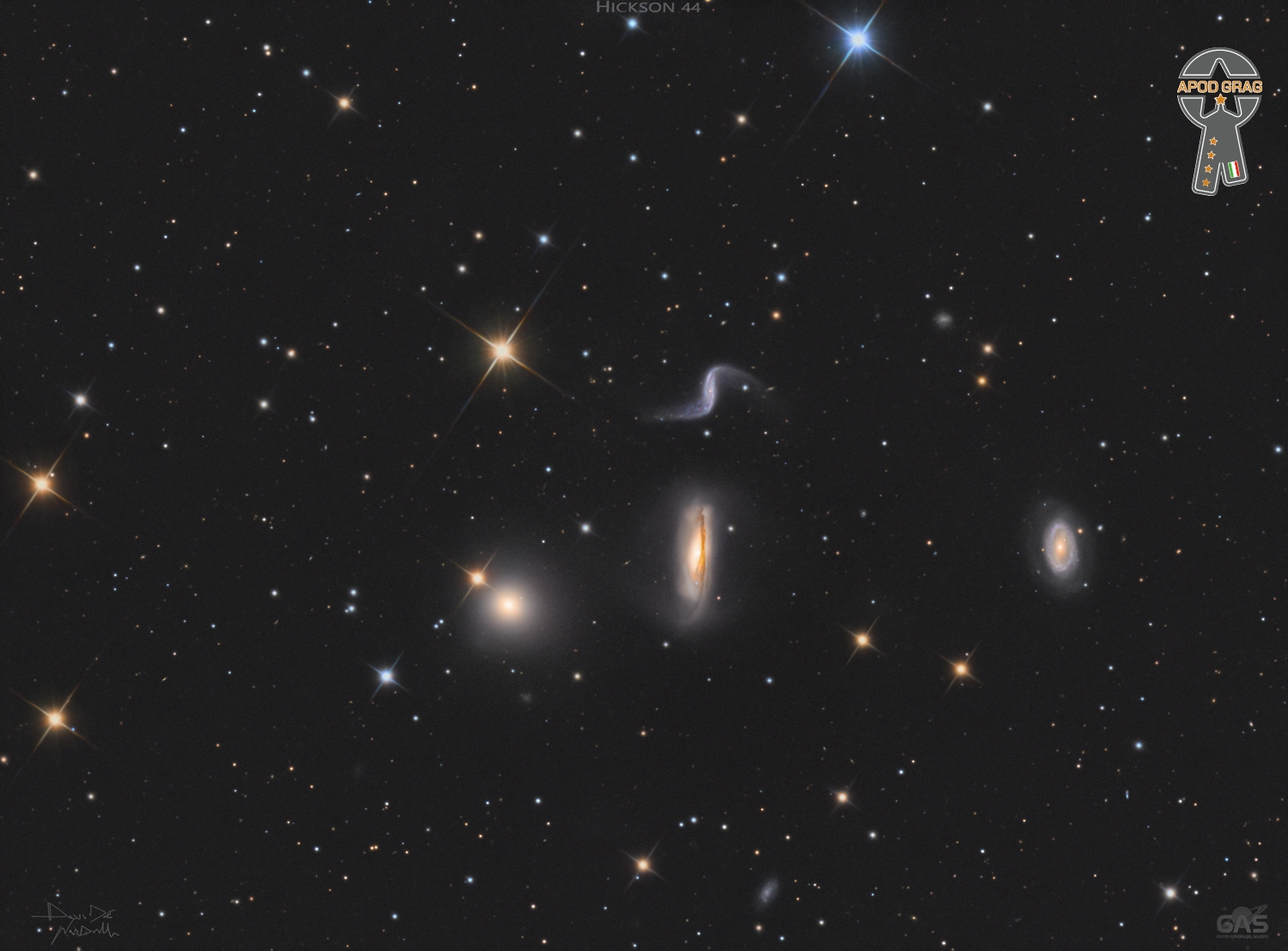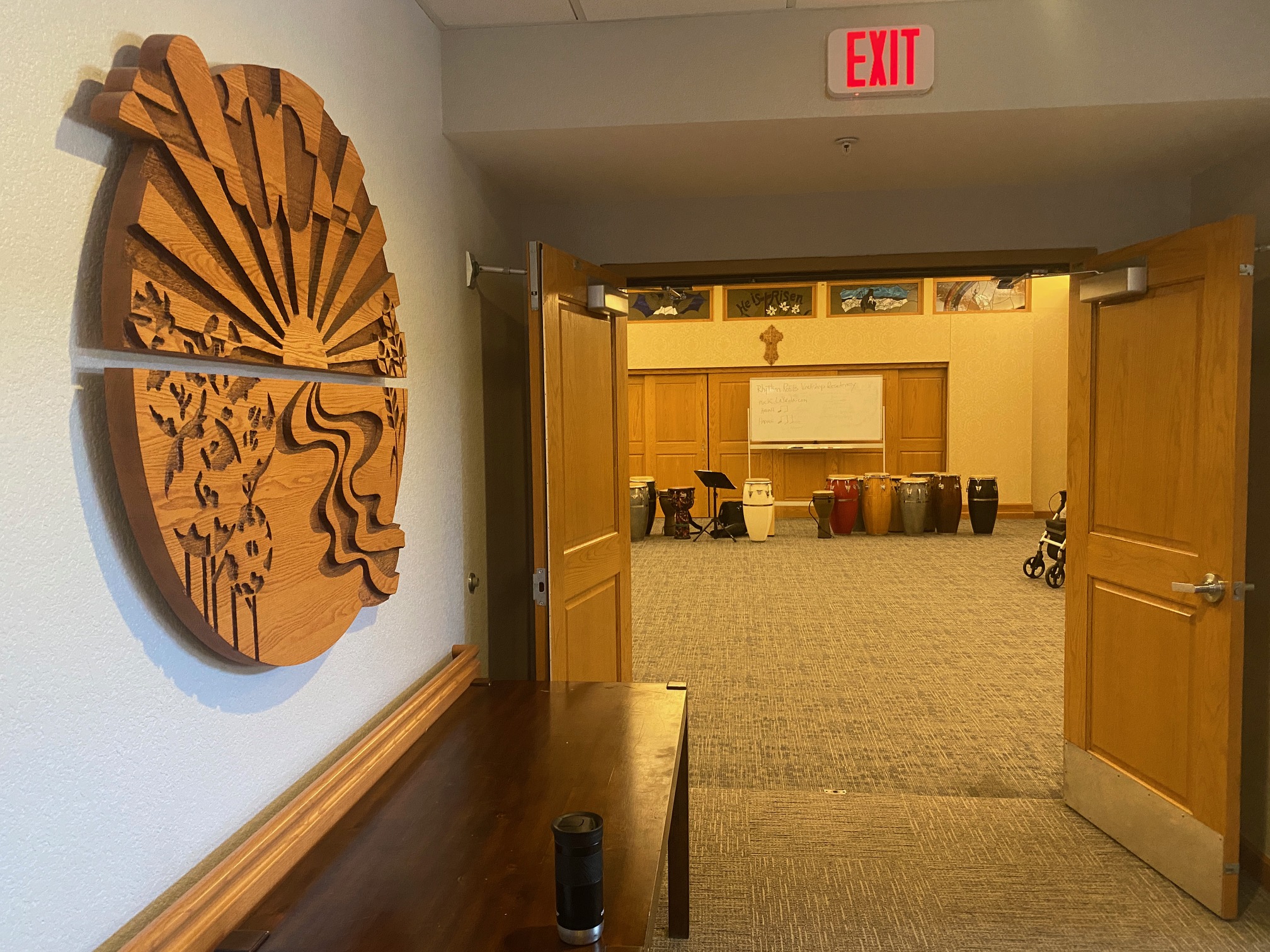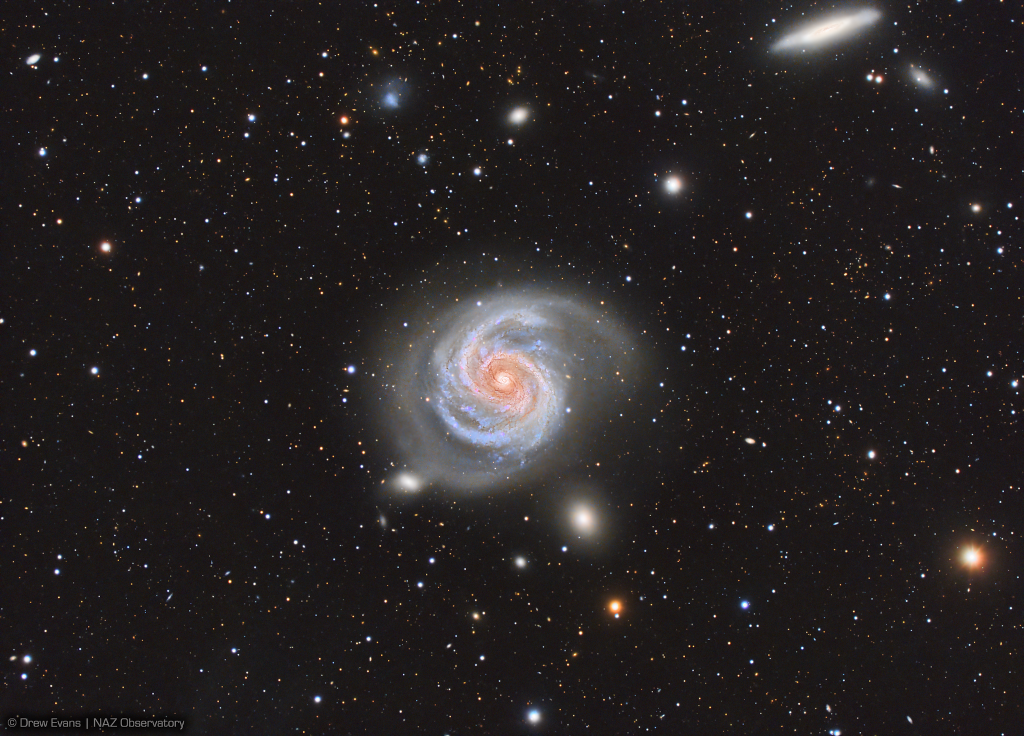Blog
Richard Anthony Monsour (May 4, 1937 – March 16, 2019), known professionally as Dick Dale, was an American rock guitarist. He was a pioneer of surf music, drawing on Middle Eastern music scales and experimenting with reverb. Dale was known as “The King of the Surf Guitar”, which was also the title of his second studio album.
Dale was one of the most influential guitarists of all time and especially of the early 1960s. Most of the leading bands in surf music, such as The Beach Boys, Jan and Dean and The Trashmen, were influenced by Dale’s music, and often included recordings of Dale’s songs in their albums. His style and music influenced guitarists such as Jimi Hendrix, Pete Townshend, Eddie Van Halen and Brian May.
He has been credited with popularizing tremolo picking on electric guitar, a technique that is now widely used in many musical genres (such as extreme metal, jazz fusion, etc.). His speedy single-note staccato picking technique was unrivaled until guitarists like Eddie Van Halen entered the music scene.
He is cited as one of the fathers of heavy metal for pushing the limits of amplification. Working together with Leo Fender, Dale also pushed the limits of electric amplification technology, helping to develop new equipment that was capable of producing thick and previously unheard volumes including the first-ever 100-watt guitar amplifier. Dale also pioneered the use of portable reverb effects.
The use of his recording of “Misirlou” by Quentin Tarantino in the film Pulp Fiction led to his return in the 1990s, marked by four albums and world tours. He was also nominated for a Grammy in the Best Rock Instrumental Performance category for the song “Pipeline” with Stevie Ray Vaughan. In “Rolling Stone’s 100 Greatest Guitarists of All Time”, Dale was ranked 31st in 2003 and 74th in the 2011 revision.
Dick Dale was born Richard Anthony Monsour in Boston, Massachusetts, on May 4, 1937. He was of Lebanese descent from his father, James, and of Polish–Belarusian descent from his mother, Sophia “Fern” (née Danksewicz).
more...Ronald Levin Carter (born May 4, 1937) is an American jazz double bassist. His appearances on 2,221 recording sessions make him the most-recorded jazz bassist in history. He has won three Grammy Awards, and is also a cellist who has recorded numerous times on that instrument. In addition to a solo career of more than 60 years, Carter is well-known for playing on numerous iconic Blue Note albums in the 1960s, as well as being the anchor of trumpeter Miles Davis‘s “Second Great Quintet” from 1963-1968.
Beginning with Where? in 1961, Carter’s studio albums as leader also include Uptown Conversation(1969), Blues Farm (1973), All Blues (1973), Spanish Blue (1974), Anything Goes (1975), Yellow & Green(1976), Pastels (1976), Piccolo (1977), Third Plane (1977), Peg Leg (1978), A Song for You (1978), Etudes(1982), The Golden Striker (2003), Dear Miles (2006), and Ron Carter’s Great Big Band (2011).
Carter was born in Ferndale, Michigan. At the age of 10, he started playing the cello, switching to bass while at Cass Technical High School. He earned a B.A. in music from the Eastman School of Music(1959) and a master’s degree in music from the Manhattan School of Music (1961).
more...Walter Maynard Ferguson CM (May 4, 1928 – August 23, 2006) was a Canadian jazz trumpeter and bandleader. He came to prominence in Stan Kenton‘s orchestra before forming his own big band in 1957. He was noted for his bands, which often served as stepping stones for up-and-coming talent, his versatility on several instruments, and his ability to play in a high register.
Ferguson was born in Verdun (now part of Montreal), Quebec, Canada. Encouraged by his parents, he started playing piano and violin at the age of four. At nine years old, he heard a cornet for the first time in his local church and asked his parents to buy one for him. When he was thirteen, he soloed with the Canadian Broadcasting Corporation Orchestra. He was heard frequently on the CBC, notably featured on a “Serenade for Trumpet in Jazz” written for him by Morris Davis. He won a scholarship to the Conservatoire de musique du Québec à Montréal where he studied from 1943 to 1948 with Bernard Baker.
more...Friday May 3rd 2024 6:00 p.m. Erev Shabbat Service Featuring Kohenet Elana Brody with Inbal Sharett-Singer, Jayson Rodovsky, Pete Whitman, Joel Sayles and mick laBriola.
more...
Hickson 44 (HCG 44) is a group of galaxies in the constellation Leo. As Arp 316, a part of this group is also designated as group of galaxies in the Atlas of Peculiar Galaxies.

John Aaron Lewis (May 3, 1920 – March 29, 2001) was an American jazz pianist, composer and arranger, best known as the founder and musical director of the Modern Jazz Quartet.
John Lewis was born in La Grange, Illinois, and after his parents’ divorce moved with his mother, a trained singer, to Albuquerque, New Mexico when he was two months old. She died from peritonitis when he was four and he was raised by his grandmother and great-grandmother. He began learning classical music and piano at the age of seven. His family was musical and had a family band that allowed him to play frequently and he also played in a Boy Scout music group. Even though he learned piano by playing the classics, he was exposed to jazz from an early age because his aunt loved to dance and he would listen to the music she played. After attending Albuquerque High School, he then studied at the University of New Mexico, where he led a small dance band that he formed and double majored in Anthropology and Music. His piano teacher at the university was Walter Keller, to whom he paid tribute on the title composition of the Modern Jazz Quartet’s 1974 album In Memoriam. Eventually, he decided not to pursue Anthropology because he was advised that careers from degrees in the subject did not pay well. In 1942, Lewis entered the Army and played piano alongside Kenny Clarke, who influenced him to move to New York once their service was over. Lewis moved to New York in 1945 to pursue his musical studies at the Manhattan School of Music and eventually graduated with a master’s degree in music in 1953. Although his move to New York turned his musical attention more towards jazz, he still frequently played and listened to classical works and composers such as Chopin, Bach and Beethoven.
more...James Joseph Brown (May 3, 1933 – December 25, 2006) was an American singer, dancer and musician. The central progenitor of funk music and a major figure of 20th-century music, he is referred to by various nicknames, among them “the Hardest-Working Man in Show Business”, “Godfather of Soul”, “Mr. Dynamite”, and “Soul Brother No. 1”.[1] In a career that lasted more than 50 years, he influenced the development of several music genres. Brown was one of the first 10 inductees into the Rock and Roll Hall of Fame on January 23, 1986.
Brown began his career as a gospel singer in Toccoa, Georgia.He rose to prominence in the mid-1950s as the lead singer of the Famous Flames, a rhythm and blues vocal group founded by Bobby Byrd. With the hit ballads “Please, Please, Please” and “Try Me“, Brown built a reputation as a dynamic live performer with the Famous Flames and his backing band, sometimes known as the James Brown Band or the James Brown Orchestra. His success peaked in the 1960s with the live album Live at the Apollo and hit singles such as “Papa’s Got a Brand New Bag“, “I Got You (I Feel Good)” and “It’s a Man’s Man’s Man’s World“.
During the late 1960s, Brown moved from a continuum of blues and gospel-based forms and styles to a new approach to music-making, emphasizing stripped-down interlocking rhythms that influenced the development of funk music. By the early 1970s, Brown had fully established the funk sound after the formation of the J.B.s with records such as “Get Up (I Feel Like Being a) Sex Machine” and “The Payback“. He also became noted for songs of social commentary, including the 1968 hit “Say It Loud – I’m Black and I’m Proud“. Brown continued to perform and record until his death from pneumonia in 2006.
Brown recorded and released 17 singles that reached No. 1 on the Billboard R&B charts. He also holds the record for the most singles listed on the Billboard Hot 100 chart that did not reach No. 1. Brown was posthumously inducted into the first class of the Rhythm & Blues Music Hall of Fame in 2013 as an artist and then in 2017 as a songwriter. He received honors from several other institutions, including inductions into the Black Music & Entertainment Walk of Fame and the Songwriters Hall of Fame. In Joel Whitburn‘s analysis of the Billboard R&B charts from 1942 to 2010, Brown is ranked No. 1 in the Top 500 Artists. He is ranked seventh on Rolling Stone‘s list of the 100 Greatest Artists of All Time and at No. 44 on their list of the 200 Greatest Singers of All Time. Brown was born on May 3, 1933, in Barnwell, South Carolina, to 16-year-old Susie (née Behling; 1917–2004) and 21-year-old Joseph Gardner Brown (1912–1993) in a small wooden shack. Brown’s name was supposed to have been Joseph James Brown, but his first and middle names were mistakenly reversed on his birth certificate.
more...Peter Seeger (May 3, 1919 – January 27, 2014) was an American folk singer and social activist. A fixture on nationwide radio in the 1940s, Seeger also had a string of hit records during the early 1950s as a member of The Weavers, notably their recording of Lead Belly‘s “Goodnight, Irene,” which topped the charts for 13 weeks in 1950. Members of the Weavers were blacklisted during the McCarthy Era. In the 1960s, Seeger re-emerged on the public scene as a prominent singer of protest music in support of international disarmament, civil rights, counterculture, workers’ rights, and environmental causes.
A prolific songwriter, his best-known songs include “Where Have All the Flowers Gone?” (with additional lyrics by Joe Hickerson), “If I Had a Hammer (The Hammer Song)” (with Lee Hays of the Weavers), “Kisses Sweeter Than Wine” (also with Hays), and “Turn! Turn! Turn! (To Everything There Is a Season)”, which have been recorded by many artists both in and outside the folk revival movement. “Flowers” was a hit recording for The Kingston Trio (1962); Marlene Dietrich, who recorded it in English, German and French (1962); and Johnny Rivers (1965). “If I Had a Hammer” was a hit for Peter, Paul and Mary (1962) and Trini Lopez (1963) while The Byrds had a number one hit with “Turn! Turn! Turn!” in 1965.
Seeger was one of the folk singers responsible for popularizing the spiritual “We Shall Overcome” (also recorded by Joan Baez and many other singer-activists), which became the acknowledged anthem of the civil rights movement, soon after folk singer and activist Guy Carawan introduced it at the founding meeting of the Student Nonviolent Coordinating Committee (SNCC) in 1960. In the PBS American Masters episode “Pete Seeger: The Power of Song“, Seeger said it was he who changed the lyric from the traditional “We will overcome” to the more singable “We shall overcome”.
Seeger was born on May 3, 1919, at the French Hospital, in New York City. His family, which Seeger called “enormously Christian, in the Puritan, Calvinist New England tradition”, traced its genealogy back over 200 years. A paternal ancestor, Karl Ludwig Seeger, a physician from Württemberg, Germany, had emigrated to America during the American Revolution and married into the old New England family of Parsons in the 1780s.
more...Derived from flamenco’s earliest root forms, the tonás, siguiriyas is one of flamenco’s oldest and deepest forms. Its name is a corruption of the term seguidillas, a group of 18th Century songs and dances. Siguiriyas first emerged in the 18th Century in Cádiz, Sevilla and Jerez de la Frontera. Slow, majestic and tragic, Siguiriyas is the most jondo of cante jondo forms. Its lyrics focus on tragedy, inconsolable sorrow, and pain. An important feature of Siguiriyas is its unusual compás which gives the form its unique, uneven pattern and much of its expressive power. Siguiriyas is a highly personal form and most artists associated with the style, such as El Planeta, La Niña de los Peines, Manuel Molina and Antonio Chacón, created their own extraordinary versions.
more...
M100 is appropriately known as a grand design spiral galaxy. The large galaxy of over 100 billion stars has well-defined spiral arms, similar to our own Milky Way. One of the brightest members of the Virgo Cluster of galaxies, M100, also known as NGC 4321 is 56 million light-years distant toward the well-groomed constellation Coma Berenices. In this telescopic image, the face-on grand design spiral shares a nearly 1 degree wide field-of-view with slightly less conspicuous edge-on spiral NGC 4312 (at upper right). The 21 hour long equivalent exposure from a dark sky site near Flagstaff, Arizona, planet Earth, reveals M100’s bright blue star clusters and intricate winding dust lanes which are hallmarks of this class of galaxies. Measurements of variable stars in M100 have played an important role in determining the size and age of the Universe.

more...
May 2nd 1941 Kingston, Jamaica. Percussionist, conga drummer, singer and music historian.
Devon worked with Bob Marley touring in the late 70’s and recorded on Bob Marleys Confrontation album. Now living in Rogers, MN. Devon currently lectures and tours throughout the USA.
more...
May 2nd 1977
People come to websites, reading bios, trying to figure out who someone else is. Said website owner makes a bio, tries to put impressive things there, drop names, list accomplishments. Then perhaps judgements are formed, opinons made and such by you, the reader.
Well, I don’t like those bios really…it has never sat right with me (I understand some may need to create such bios for various purposes…not slighting you all). And I could make it all up and you wouldn’t know the difference!
I am Curtis….a drummer.
But I am much more than that I suppose. I make music first and foremost, but that is just a means to try and figure “IT” out. Music as a career is second to music as a vehicle for growth and exploration. In my own creations and travels I try and gain more insight into who I am, what I am doing and try and to foster love, understanding, truth, wonder and excitement for being alive.
Hopefully, in the process I will keep the rumble in my stomach to a minimum and have some kind of roof over my head.
I was born on May 2, 1977.
My childhood was great. My family is amazing. I have an amazing wife and a daughter that I cherish every moment. If I am unhappy, I have only myself to look to for the reason.
I taught myself to play the drumset at 14 and now I travel the world, following my curiosity for rhythm, culture, spirit, what makes humans do what we do.
I’ve spent years studying the musical culture of Ghana and South India and count some of the best in those worlds as my mentors. Trichy Sankaran has been my mridangam guru since the beginning I can’t be thankful enough for that.
I compose my own music, I play mbira with one of Canada’s best mbira players, I co-lead a Ghanaian drum & dance ensemble, I lead my own Afro-Indian-World-Jazz group (that genre exists…I made it up), and collaborate with various Indian, African, jazz, and “other” musicians in Vancouver and beyond.
I’m born and raised in a small Newfoundland town called Carbonear, but now live in Vancouver, BC on the unceded territories of the xʷməθkʷəy̓əm (Musqueam), Sḵwx̱wú7mesh (Squamish), and Sel̓íl̓witulh (Tsleil-Waututh) Nations.
There is a school in a Ghanaian village with my name on it. I like to help people with the power, potential and advantage that I have in my life and where I was born and what I was born into.
I’ve been to school…BFA from York U.
It was a good time, I met my guru. But it didn’t make me the musician I am today. No school can do that.
I also have a PhD in Ethnomusicology from the University of British Columbia.
Please take some time when you have it to see some pictures and read some of my experiences from around the world.
Listen to some of my own music as well if you please. I think I’ve said enough in this space.
Peace and Love,
Curtis
Richard Arnold “Groove” Holmes (May 2, 1931 – June 29, 1991) was an American jazz organist who performed in the hard bop and soul jazz genre. He is best known for his 1965 recording of “Misty“.
Holmes’s first album, on Pacific Jazz with guest Ben Webster, was recorded in March 1961. He recorded many albums for Pacific Jazz, Prestige, Groove Merchant, and Muse, many of them with Houston Person.
He died of a heart attack after battling prostate cancer, having performed his last concerts in a wheelchair. One of his last gigs was at the 1991 Chicago Blues Festival with his longtime friend, singer Jimmy Witherspoon.
more...